Robotics in Space Exploration: Transforming Missions from Mars to the Moon and Beyond
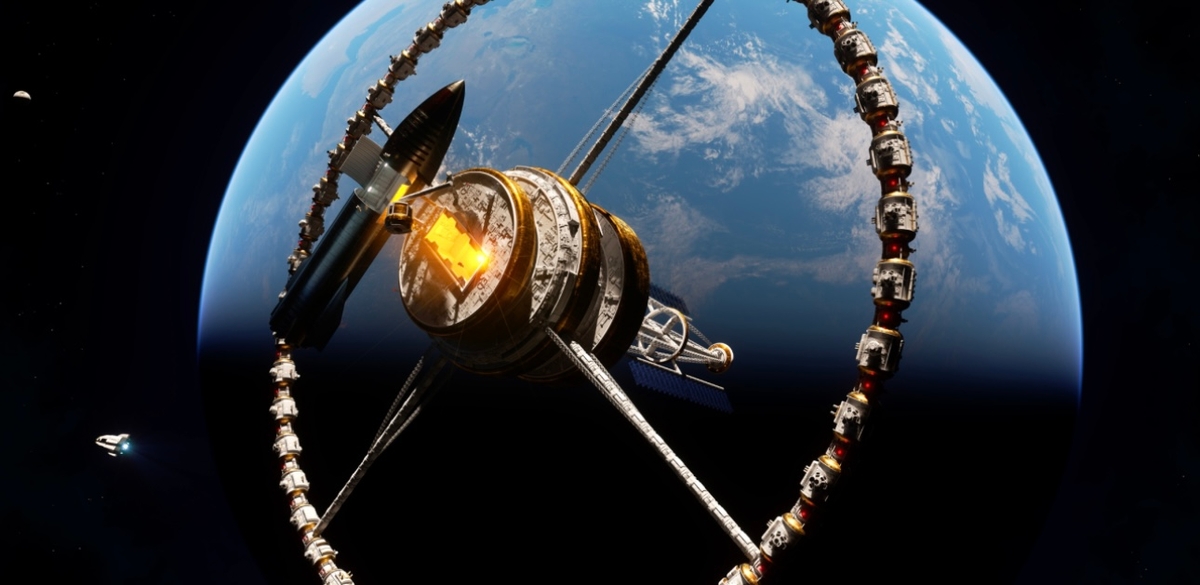
Robotic systems are necessary for exploring space. Thanks to robots, exploration and research have reached new heights on different planets and in distant space. With a new age of space exploration approaching, we can learn a lot about the future by studying the current and upcoming missions of robots.
Current Robotic Missions in Space Exploration
1. NASA's Astrobee Robots on the International Space Station (ISS)
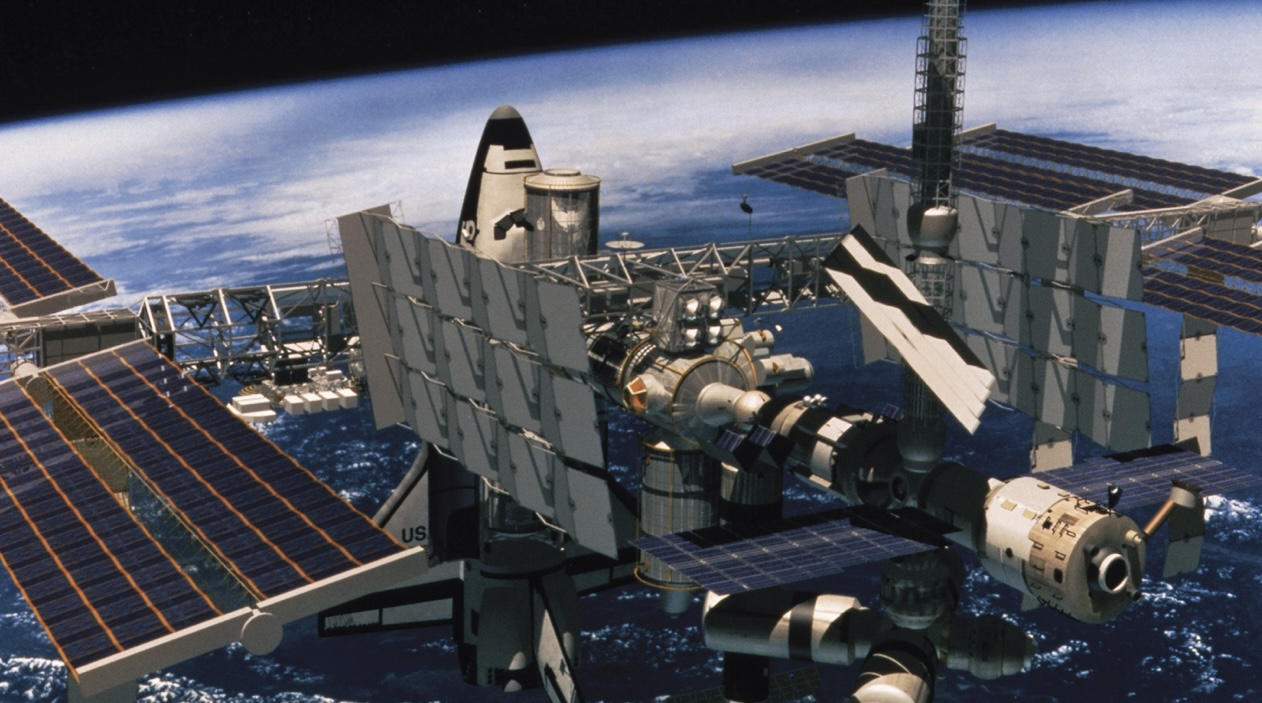
NASA is using Astrobee, advanced robots, to assist crew members on the International Space Station (ISS). Honey, Queen and Bumble are cube-shaped robots created to help astronauts by doing regular tasks such as tracking supplies, documenting videos and handling the systems. Astronauts are allowed to concentrate on vital tasks thanks to Astrobees carrying out regular and everyday operations. Thanks to cameras, sensors, a perching arm and a touchscreen, each Astrobee can easily travel and work inside the International Space Station with or without remote guidance. They can move inside the ISS with the help of electric fans and they can also dock themselves to recharge when waiting for action. Because they are so flexible and can think by themselves, they can be used to explore and test software for future living spaces on the Moon and Mars. Like the SPHERES (Synchronized Position Hold, Engage, Reorient, Experimental Satellite) project, Astrobee uses autonomy and highly developed navigation and interaction. Astrobees also play a role in developing future robots that might handle spacecraft responsibilities while the crew rests or is on a long-lasting mission outside Earth’s orbit.
2. BepiColombo: ESA and JAXA's Mission to Mercury
The mission is the result of ESA’s partnership with JAXA in aiming to explore Mercury, the object closest to the Sun. After taking off in 2018, the mission is scheduled to reach orbit around Mercury in 2026 following nine flybys of Earth, Venus and Mercury. There are two spacecraft on the mission: European Space Agency’s Mercury Planetary Orbiter and JAXA’s Mercury Magnetospheric Orbiter. Upon arrival at Mercury, the two modules will split to perform different experiments. Pioneer aims to discover what lies beneath Mercury’s surface, what the planet’s magnetic field is like and whether water ice exists in its polar regions.Recently, spacecraft flying overhead gave us wonderful images of Mercury that will guide the team as they prepare for full exploration.
3. NASA's Artemis Program
The Artemis program by NASA will return humans to the Moon and support a continuous presence, keeping the environment in mind and laying the groundwork for future Mars missions. Robotics is playing an important part in this project, especially due to missions such as VIPER which will help to explore the Moon’s South Pole. VIPER is equipped to sustain the challenges of the Moon and carries the necessary instruments to study ice deposits under its surface. The main aim of the mission is to find water ice near the pole so that we can use it for future human missions if possible. In other words, using resources found near the moon, instead of moving them from Earth, is one of NASA’s main approaches to space resource use. VIPER’s advanced feature involves the use of artificial intelligence. Because of this, the rover can decide its actions at any time and explore various shaded surroundings. NASA states that having AI-powered capabilities is very important when it is difficult for astronauts to pilot from Earth because of delays in communications. Working closely with countries from all over the world is a fundamental part of the Artemis program. As an example, Japan is contributing a rover with pressurized capabilities to aid in future Artemis missions on the Moon.
Upcoming robotic missions in deep space
1. Martian Moons eXploration (MMX) by JAXA
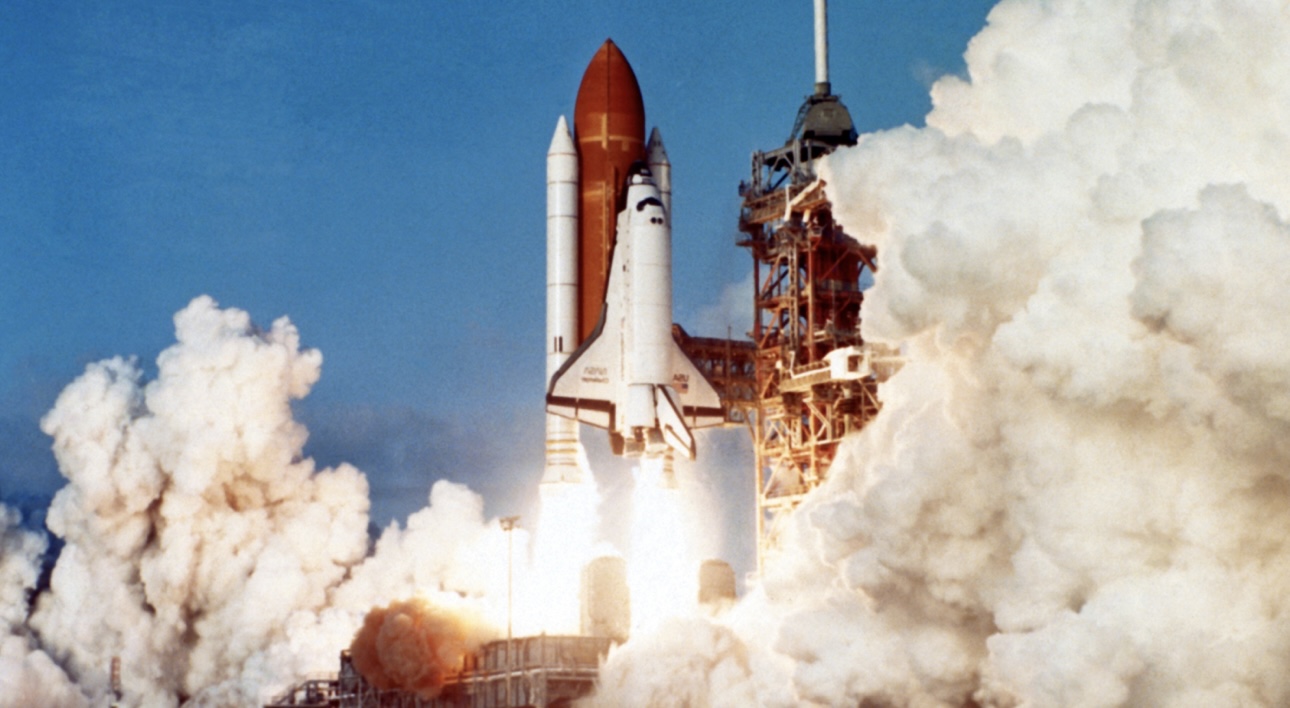
In 2026, JAXA’s MMX mission will aim to collect samples from Phobos, which is one of Mars’ moons. When the mission returns samples to Earth, it will also teach us about the moons and the early solar system. Thanks to cameras, a fine dust analyzer and a common rover produced by CNES and DLR, MMX will closely examine the surface of Phobos. It is an important achievement in robotics, bringing together advanced technology and scientists from around the globe.
2. Europa Clipper, which stands for “NASA Clipper,” is currently being built by NASA.
The Europa Clipper mission is scheduled to visit Europa’s orbit in 2030 to explore if this moon may offer the right environment for life. The spacecraft is scheduled to perform several approaches to map the ice on the moon and under its sea. Europa Clipper has nine instruments such as a radar that probes ice, infrared cameras and a mass spectrometer, for research and understanding its environment. The goal is to discover the thickness of Europa’s ice shell, learn about the properties of its ocean below and see if there are areas good for life. Because there is low sunlight far from the Sun, the spacecraft is fitted with large solar panels to function properly.
3. A mission called LUPEX is carried out by both ISRO and JAXA.
With the support of ISRO and JAXA, LUPEX is going to study the Moon’s south pole. Set to launch after no earlier than 2028, the mission will focus on determining if there is water ice on the Moon and studying the conditions for future humans there. A rover will be sent by LUPEX to measure the ice content and quality of the lunar soil. Objectives of the mission are to explore how much water there is and if it can support people living on the moon in the long run. ISRO and JAXA coming together indicates a joint effort by nations to further lunar studies by using their experience with landers and rovers.
How Robotics Might Help in Exploring Space in the Future
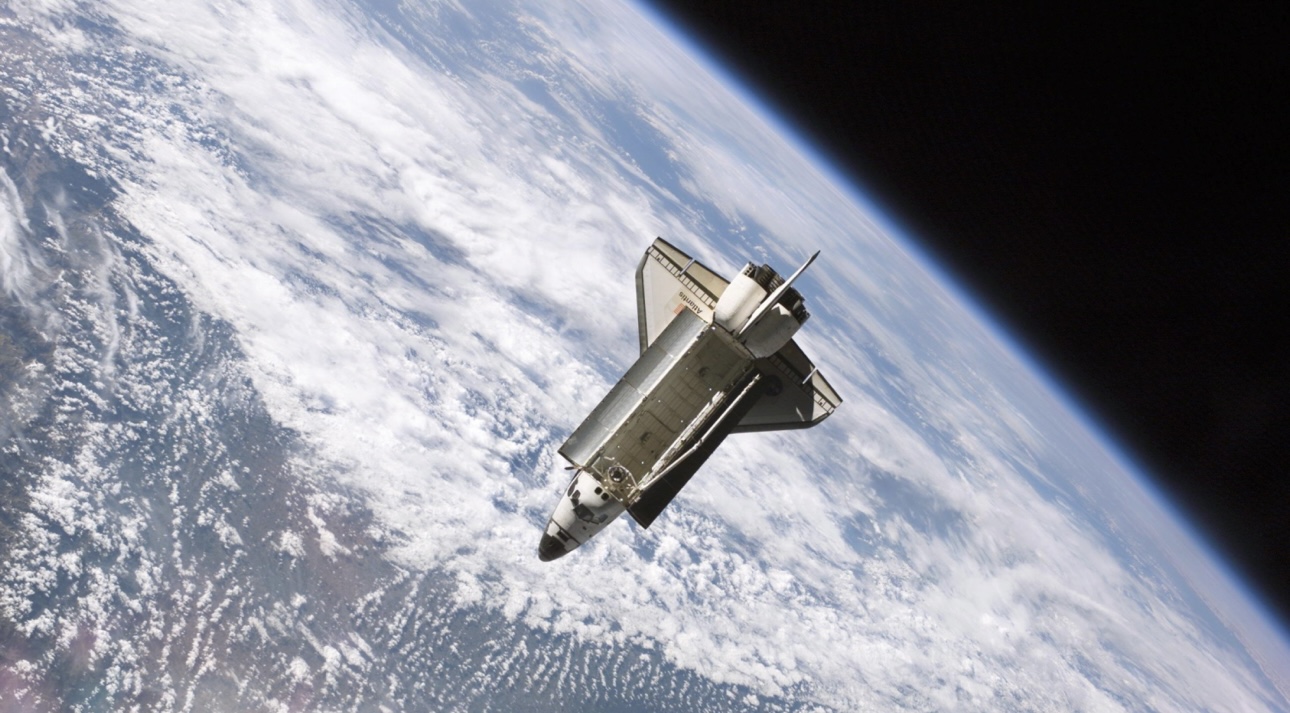
In the future, robots will be responsible for the riskiest, most remote and technically demanding matters that human astronauts cannot perform. Since missions are focusing on asteroids, moons covered in ice and space beyond our solar system, robots will be critical for exploring. Because of innovations in artificial intelligence and machine learning, future robotic devices will be able to navigate on their own, make decisions when needed, explore areas that have not been targeted before and handle new difficulties without needing human orders. Besides exploring science, robotic systems will also help develop and maintain structures in space. These systems will aid in assembling habitats in space, servicing spacecraft and collecting water ice or minerals that can be found on the Moon or Mars. With these abilities, it becomes safer for human astronauts and easier to plan extended trips with a view to establishing people on other bodies in space.Robotics brings various nations together for space activities. The LUPEX mission to the Moon and the MMX mission to the moons of Mars reveal how nations can share their experience and tools to pursue similar objectives. Apart from making space missions less costly and complex, collaborations in space help improve innovations across the globe and support scientific discussion. When robots are advanced enough, they will likely be used more in space missions. While we used robots in the past to explore different planets, they are now also helping us build future space facilities.
Conclusion
Space exploration would not be possible in many environments it once could not reach, if not for the impact of robotics. The improved technology is making it possible for robotic missions to do more, think more and operate on their own in deep space. They are important for research, creating suitable structures and readying humans for trips to the Moon, Mars and far-off places. The use of robotics ensures both safe and productive space missions and allows people to explore deeper into space. In the future, robots are expected to help us understand the universe and to allow humans to live beyond our own planet.





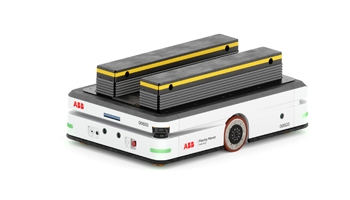
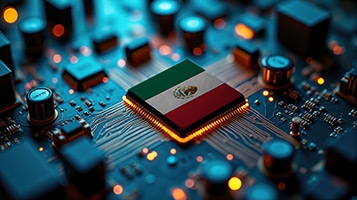
Leave a Reply